I’ve had a chance to contribute to the writing of a new pedagogical preprint paper on quantum physics foundations:
The two-spin enigma: from the helium atom to quantum ontology by Philippe Grangier, Alexia Auffèves, Nayla Farouki, Mathias van den Bossche, and Olivier Ezratty, June 2024 (10 pages).
This paper uses the story telling of a criminal investigation to explain some aspects of quantum physics to quantum scientists and technologists with an undergrad level. It goes through the journey of how the structure of helium energy levels, with the atom’s entangled electron spins, was initially a mystery, and to some extent is still one if you try to obtain the value of individual electron spins of the atom in its ground state.
The paper provides an answer by considering the very nature of quantum systems when we observe them through the lenses of a classical measurement device. It also shows how superposition and entanglement depend on the measurement context, with one context yielding random results and the other one, deterministic results.

The whole paper uses the CSM ontology (aka: Context, System & Modalities) as the background framework to understand the very notion of quantum state, and the need to define the measurement context to describe the observable reality of quantum objects and avoid results that seem mysterious at first sight.
It also provides a quantum computing-based understanding on how to switch between different measurement contexts with a simple unitary transform and thus, a set of quantum gates. It was interesting to play with the code in Quirk and Qiskit! And this is not just about theory since entangled pairs of spins can be found in many qubit types, like with silicon quantum dots, NV centers and others. Understanding how you measure qubit states in these various qubits always deals with handling various ways of spins measurement, sometimes, using different methods.
This paper is a follow-up to a long series of papers written over the course of many years by the other coauthors, some of which being mentioned in the paper bibliographical references and all of them being inventoried in this bibliography PDF file.
Of course, CSM is not alone in the quantum physics interpretations world. There are many around which try to answer complex questions, many of these pertaining to measurement, contextuality and entanglement. They can reorder the postulates of quantum physics differently than text-book quantum mechanics. This is a field that I am trying to understand along with Philippe Grangier and the CSM team. It also helps me update my book for the “quantum foundations” section.
Your feedback is of course welcomed to help us clarify any point.
![]()
![]()
![]()
Reçevez par email les alertes de parution de nouveaux articles :
![]()
![]()
![]()


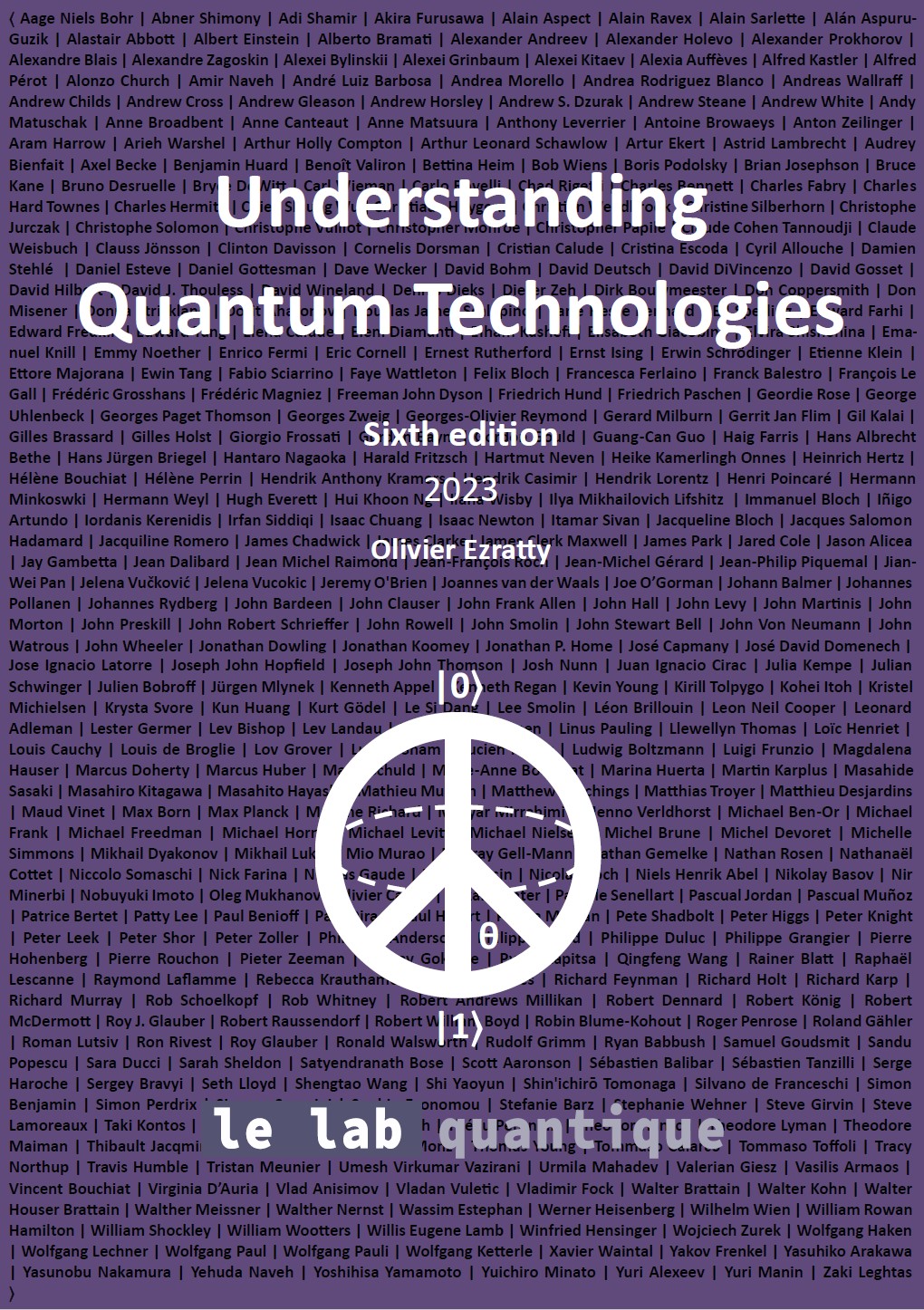


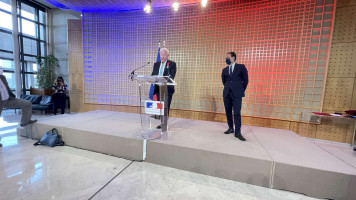
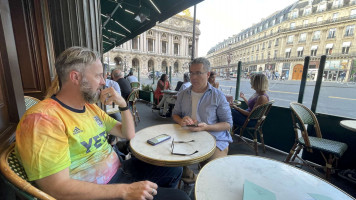













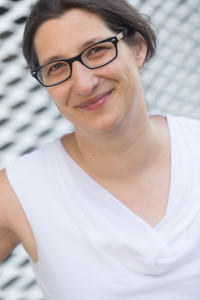
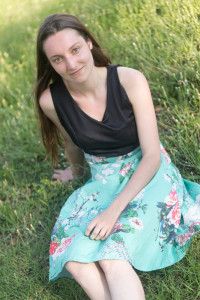

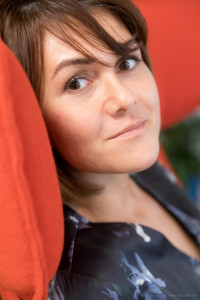




 Articles
Articles